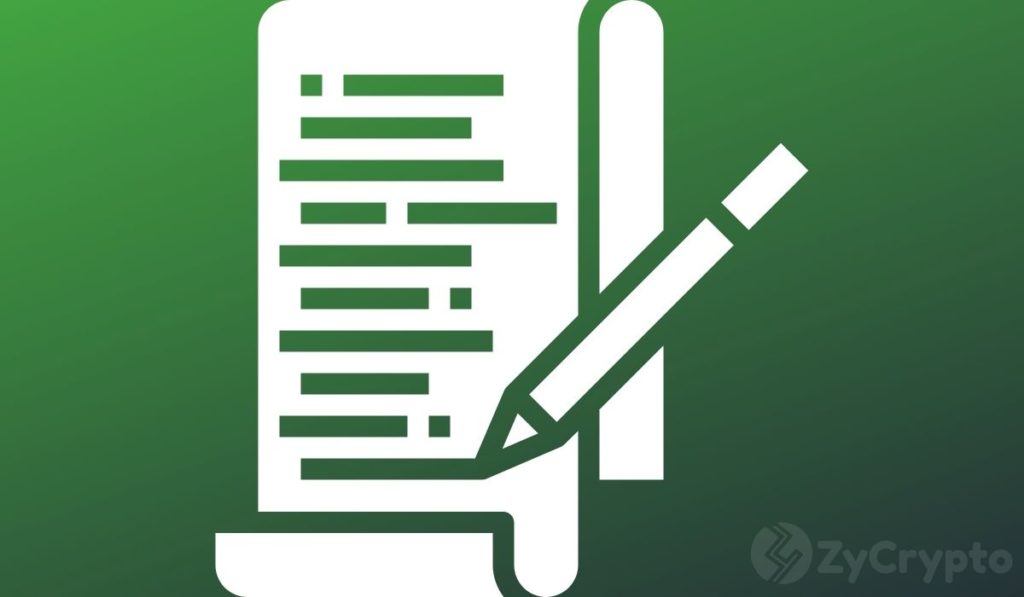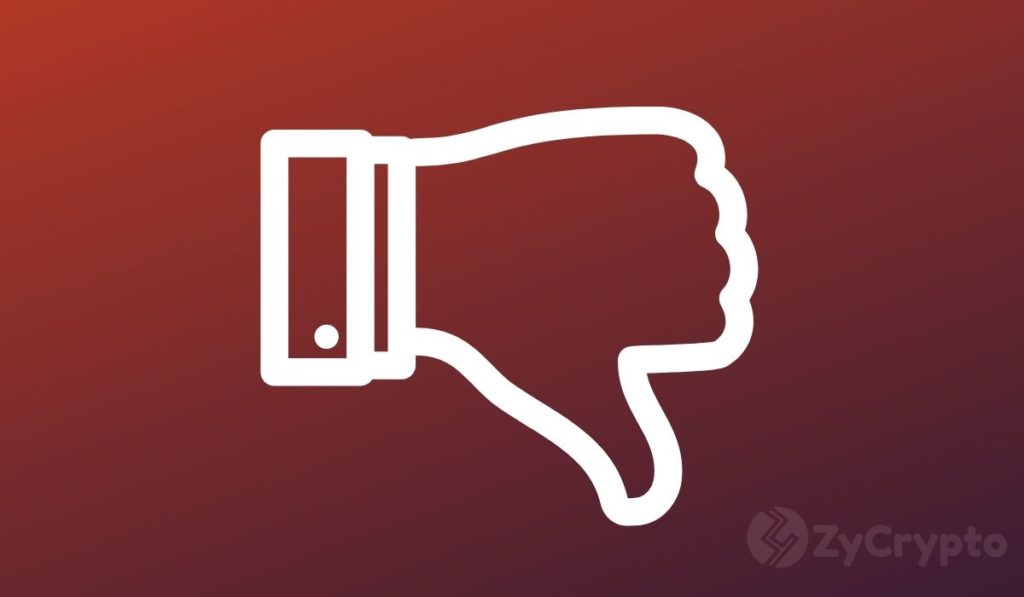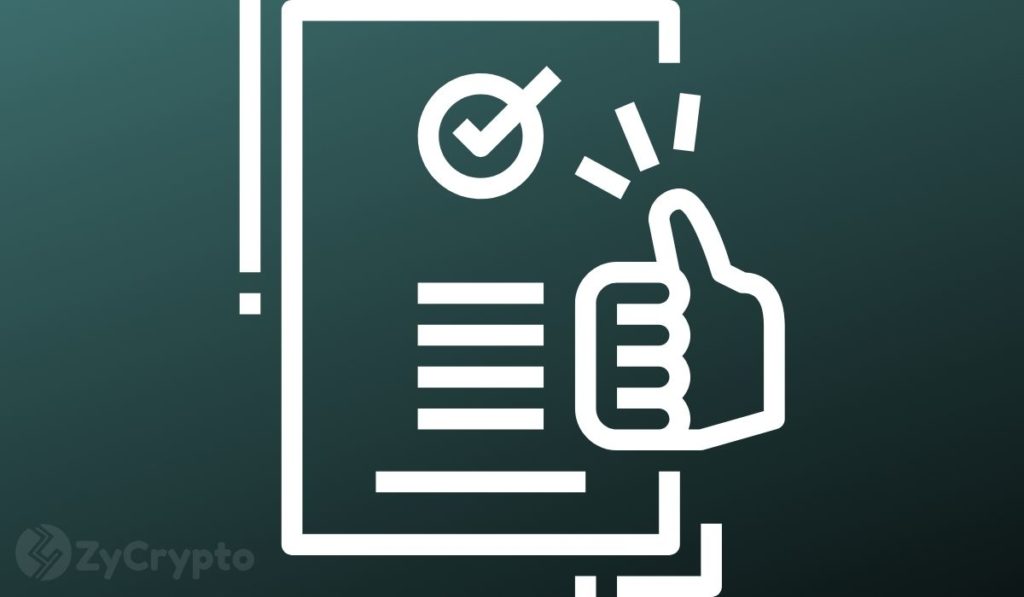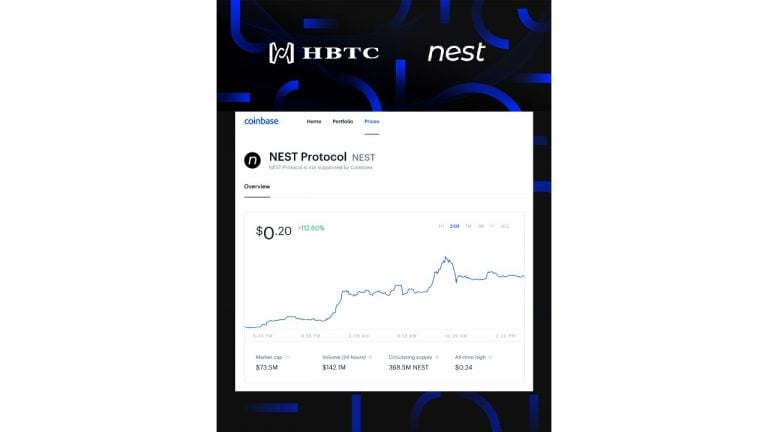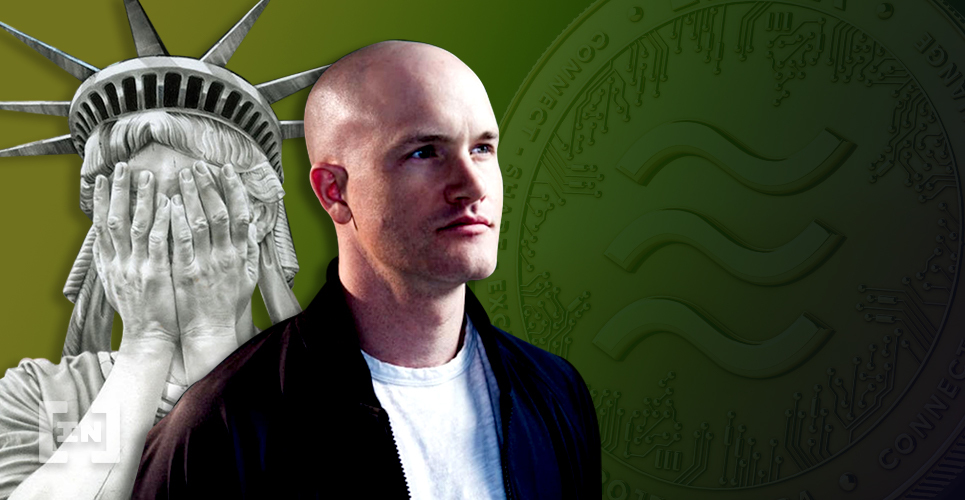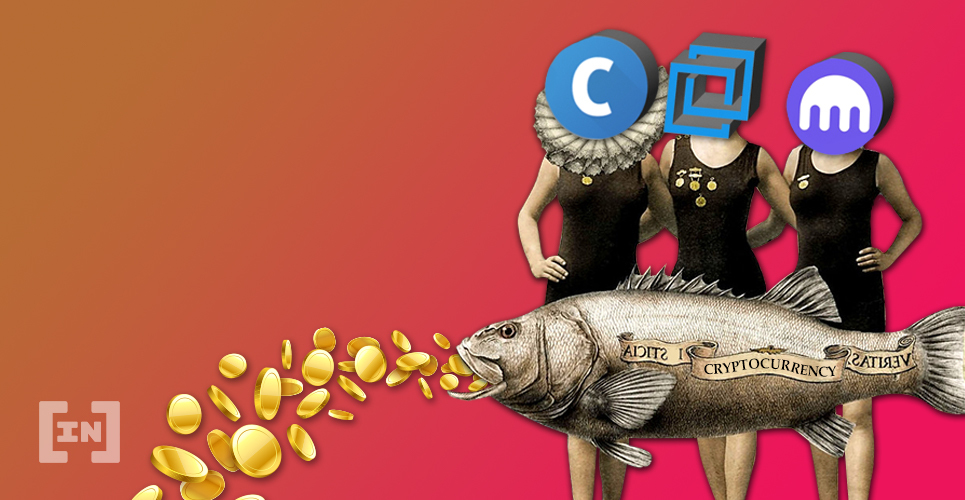2021-10-15 18:58 |
Today, Coinbase Inc., one of the world’s leading cryptocurrency exchanges, released a comprehensive policy proposal detailing suggested reforms to the current American cryptocurrency and digital assets regulatory structure. The framework offers practical suggestions for how the current U.S. regulatory framework should adapt to the blockchain-driven and decentralized evolution of the internet and the emergence of a distinctive, digitally native asset class that empowers unique economic use cases.
The new proposal comes after a rigorous consultative process in which Coinbase spent months listening to regulatory experts, crypto builders, opinion leaders, and government officials in order to craft a framework that realizes the potential of the new and uniquely democratizing financial system of cryptocurrency and its related technologies.
“Elements of past laws do not accommodate the efficiency, seamlessness, and transparency of digital asset markets, and thus risk serving as an unintended barrier to current innovations in the digital asset economy,” said Coinbase Chief Policy Officer Faryar Shirzad. “We hope our ideas serve as a helpful starting point for shaping a U.S. regulatory system that adequately reflects the evolving cryptoeconomy and its extraordinary potential.”
The proposed framework is built on four fundamental pillars:
Regulating digital assets under a separate framework;Designating one regulator for digital asset markets;Protecting and empowering holders of digital assets; andPromoting interoperability and fair competition.These pillars are guided by five core principles – to provide strong investor protection and efficient markets; (2) legal certainty; (3) promoting innovation; (4) technology neutrality; and (5) ensuring robust and effective supervision.
Pillar One: Regulate Digital Assets Under a Separate Framework
Since the current financial regulatory system assumes the ongoing existence of traditional financial intermediaries – exchanges, transfer agents, clearinghouses, custodians, and traditional brokers – the changes made possible by the evolution of cryptocurrency and its related technologies do not neatly fit into the current structure. Coinbase’s proposal creates a separate framework for regulating digital assets that are specifically designed for the unique attributes of this new ecosystem, which is far less dependent on these intermediaries.
Pillar Two: Designate One Regulator for Digital Asset Markets
The second pillar of Coinbase’s proposal assigns responsibility over the digital assets markets to a single federal regulator. Its authority would include a new registration process established for marketplaces for digital assets (MDAs) and appropriate disclosures to inform purchasers of digital assets. Additionally, in the tradition of other markets, a dedicated self-regulatory organization (SRO) would be established to strengthen the oversight regime and provide more granular oversight of MDAs.
Together, these bodies would formulate new rules that permit the full range of digital asset services within a single entity: digital asset trading, transfer, custody, clearing, settlement, money payment, staking, borrowing and lending, and related incidental services. This two-tier regulatory structure would ensure efficient and streamlined regulation and oversight, and evolve elements of the existing frameworks to meet the requirements of a new technologically-driven financial system.
Pillar Three: Protect and Empower Holders of Digital Assets
In order to ensure holders of digital assets are empowered and protected, Coinbase’s framework seeks to enhance transparency through appropriate disclosure requirements, protect against fraud and market manipulation, and promote efficiency and strengthen market resiliency. The proposal aims to accomplish these goals in recognition of the unique characteristics and risks of the underlying functionalities of digital assets.
Pillar Four: Promote Interoperability and Fair Competition
Innovation in decentralized protocol development and the peer-to-peer marketplace continues to produce novel approaches that allow greater financial access across all facets of society. To realize the full potential of digital assets, Coinbase proposes that MDAs must be interoperable with products and services across the cryptoeconomy. If fully realized, this approach would enshrine fair competition, responsible innovation, and promote a thriving consumer and developer ecosystem.
Digital Rupees (DRS) на Currencies.ru
|
|


